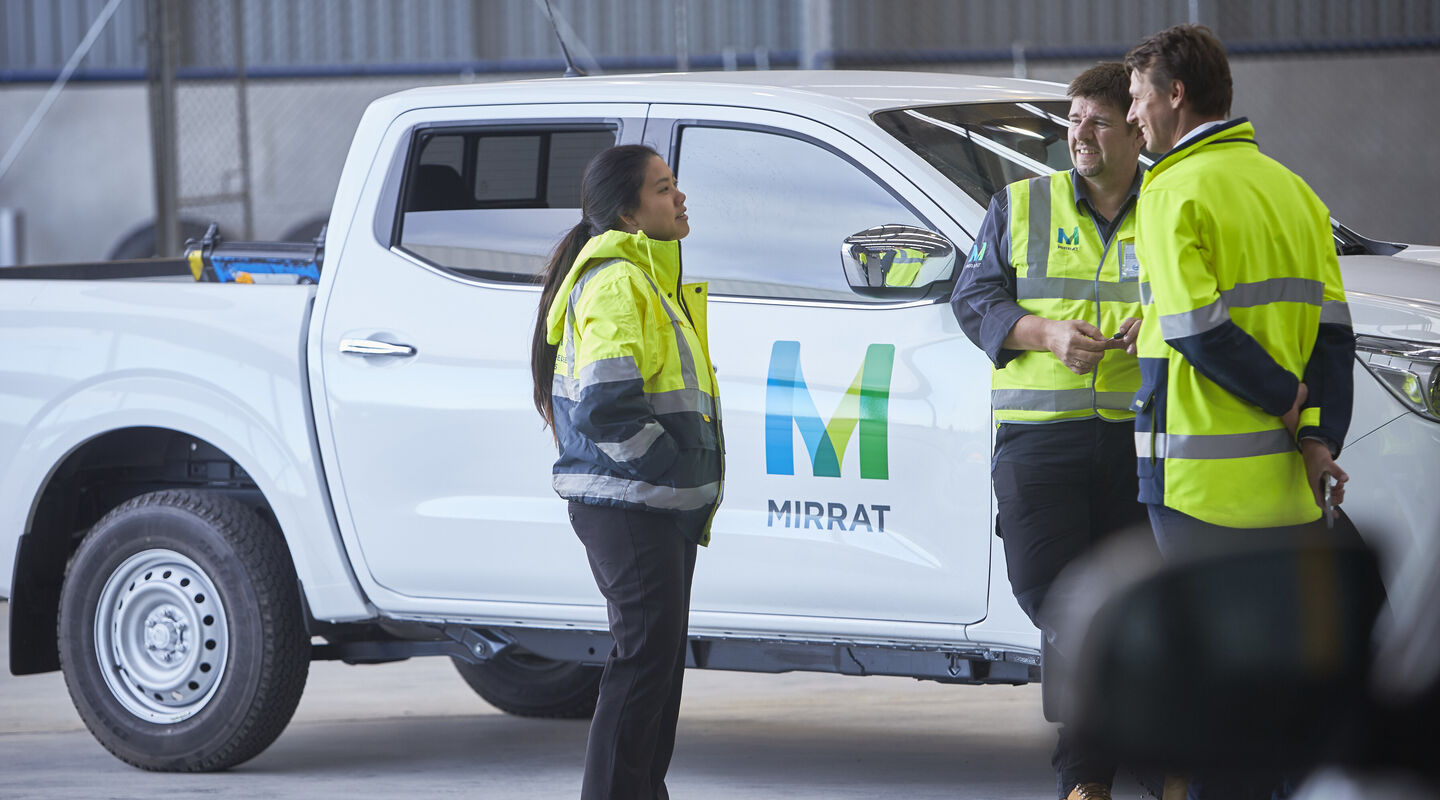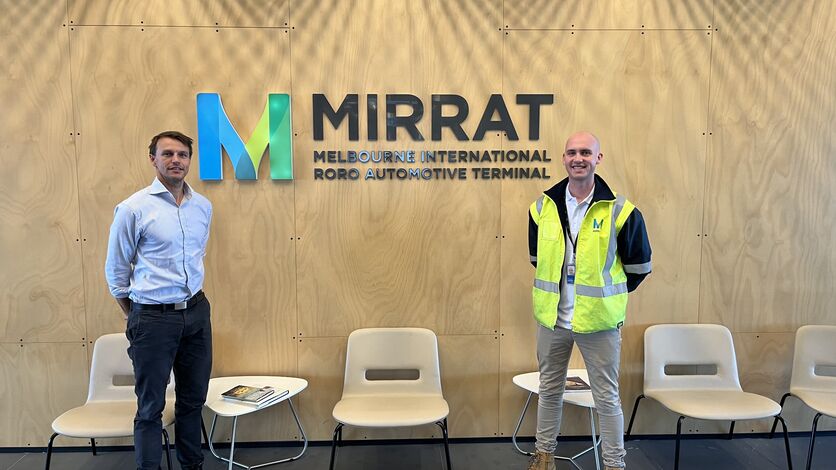4 steps to reduce emission at the Melbourne terminal
“Our customers have come to expect sustainable supply chains,” says Aaron Mato, operations manager at MIRRAT, the Melbourne International RoRo Automotive Terminal. Here are the four steps the Melbourne terminal does to lead the way in decarbonization delivering a more sustainable product to the customers.

“Carbon emissions matter, we continuously take steps to reduce the environmental footprint. Re-evaluating and optimizing processes not only benefit the planet, it also helps to achieve a smoother and quicker flow of products through our terminals, resulting in supply chain efficiency for our customers. A win-win for all,” says Mato.
Designing a terminal from scratch
Jed Smith, head of commercial and stakeholder management at MIRRAT, says it’s not every day you get the opportunity to design and construct a terminal from scratch. “What this has meant is that we were able to incorporate the environmental features from day one.”
Recycled concrete, brick and glass were used in its construction. Solar panels continue to provide around 80 per cent of the power for the administrative building. To date, the terminal has been awarded the highest sustainability rating by the Green Building Council of Australia (GBCA) for exceeding environmental goals, and an ‘Excellent’ rating from the Infrastructure Sustainability Council of Australia (ISCA).
4 steps towards reducing emissions
1. Buy electric machinery
“Our procurement policy, which applies across all logistics services, is to acquire only zero-emission equipment at terminals and yards from the beginning of 2023,” explains Mato. “This supports the transition away from traditional diesel-powered equipment to electric.”
Three recently purchased 16-tonne electric forklifts will be powered by the terminal’s solar array, which consists of 384 PV cells capable of generating around 100KW of power. To offset existing diesel-powered equipment, we’ll continue to purchase carbon credits and we have plans to transition our fleet cars to electric in the future, too.
2. More efficient turnaround of cargo
A more efficient turnaround of cargo – from delivery to receival – helps to reduce emissions. Pre-delivery inspections - for example - can be performed at our facility next door to the terminal, which removes additional truck moves from the supply chain.
Yard optimization can also cut vessel waiting time, thus emissions and waste. New guidelines for how long you can store cargo have been put in place. Cargo is now collected quicker resulting in fewer shipping delays,” adds Mato.
"We also work with logistics suppliers to re-organize the inland distribution of our customers’ products. This enables carriers to deliver cargo directly to their dealer networks instead of “double handling back to their yard”.
3. Use sustainable energy sources
Alongside our commitment to sourcing 100 per cent sustainable energy, we investigate battery technology to see where and how this can be used. Our plan is to install 13 permanent LED light towers by 2023, which will replace the 31 diesel-generated mobile towers we have today. This project alone can reduce emissions by as much as 50 per cent.
4. Conserve water
MIRRAT’s bio-retention wetland ponds trap storm water surrounding the terminal. The terminal also harvests approximately 2 million liters of rainwater each year, which is used at the facility’s wash bay and grey water system. It is good for the environment.
